Optimal Timing for Brush Hogging
Brush hogging is a land management practice used to control overgrown vegetation, improve land aesthetics, and prepare areas for various uses. Timing is crucial to ensure effective results and minimize environmental impact. Proper scheduling depends on vegetation type, growth cycles, and local climate conditions.
Ideal for controlling new growth and preventing invasive species from establishing. Typically performed when plants are actively growing but before seed production.
Effective during peak growth periods to manage overgrowth. Care should be taken to avoid damaging young wildlife habitats.
Suitable for clearing accumulated biomass after the growing season. Helps prepare land for winter and reduces fire hazards.
Performed in dormant periods in milder climates. Less common due to slower vegetation growth but useful for certain invasive species.

Ways to make Brush Hoggings work in tight or awkward layouts.
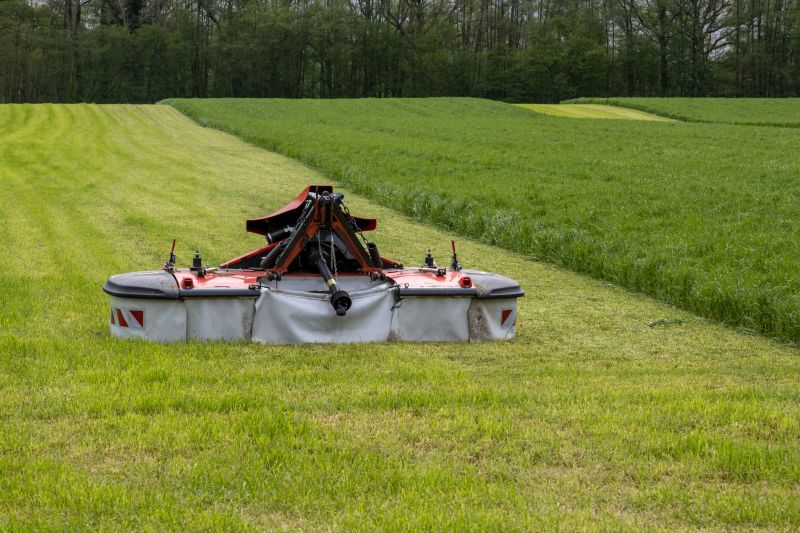
Popular materials for Brush Hoggings and why they hold up over time.
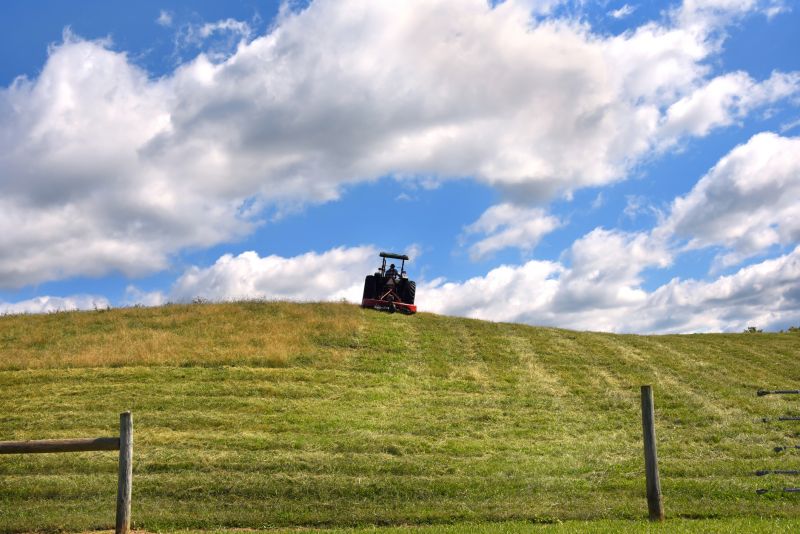
Simple add-ons that improve Brush Hoggings without blowing the budget.
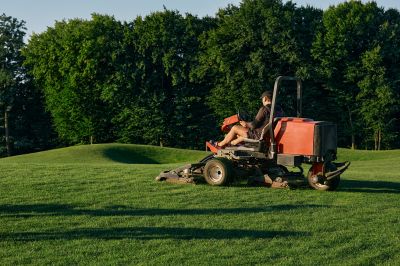
High-end options that actually feel worth it for Brush Hoggings.
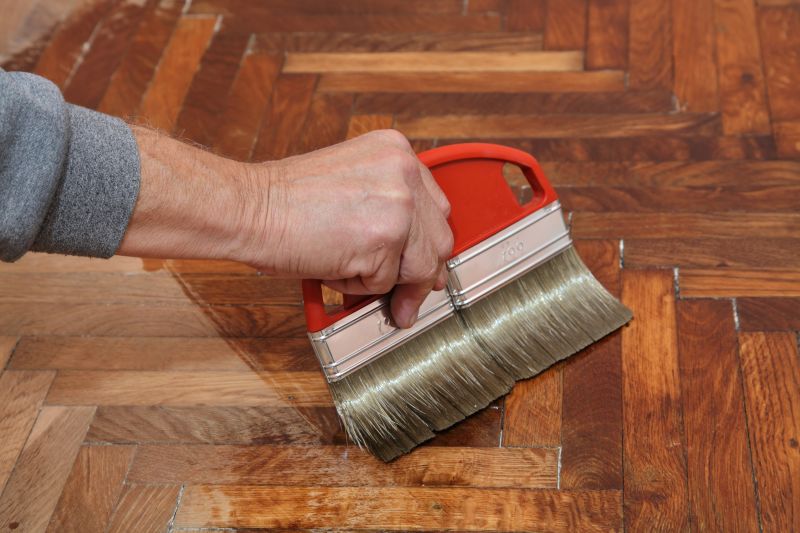
Finishes and colors that play nicely with Brush Hoggings.

Little measurements that prevent headaches on Brush Hoggings day.
Brush hogging is a versatile land management tool used across agricultural, recreational, and conservation settings. It involves using a rotary mower mounted on a tractor to cut through thick brush, tall grass, and small trees. This practice aids in fire prevention, habitat management, and land clearing for development or farming.

A 60-second routine that keeps Brush Hoggings looking new.

A frequent mistake in Brush Hoggings and how to dodge it.
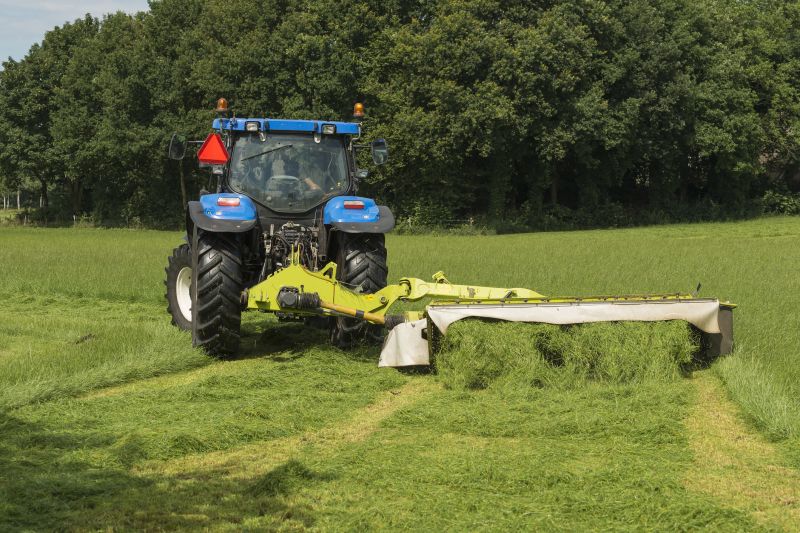
Small tweaks to make Brush Hoggings safer and easier to use.
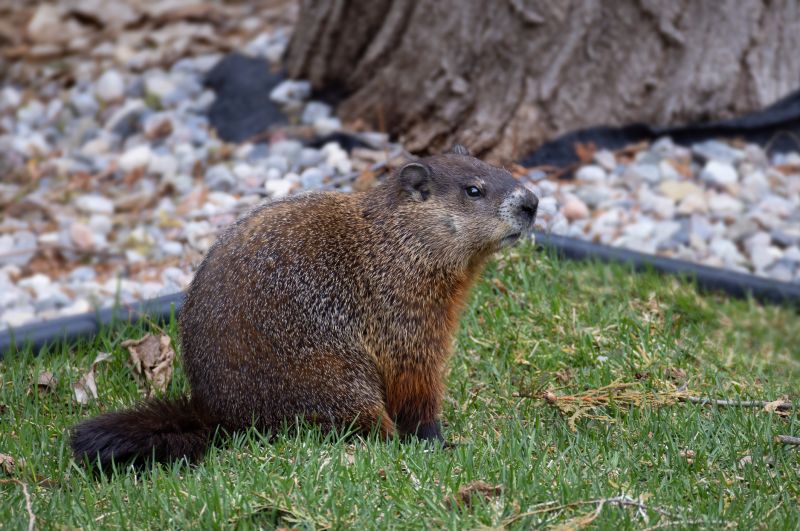
Lower-waste or water-saving choices for Brush Hoggings.

The short, realistic tool list for quality Brush Hoggings.
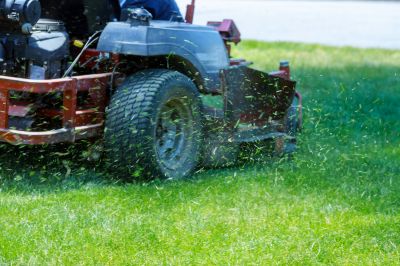
Rough timing from prep to clean-up for Brush Hoggings.
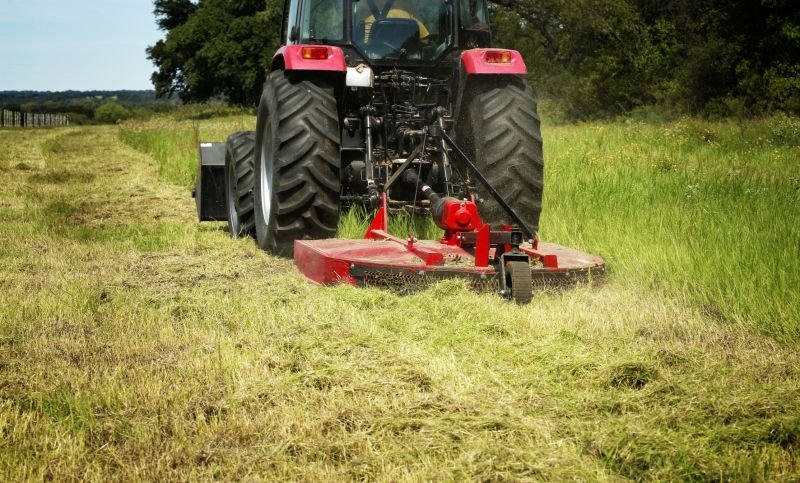
Quick checks and paperwork to keep after Brush Hoggings.
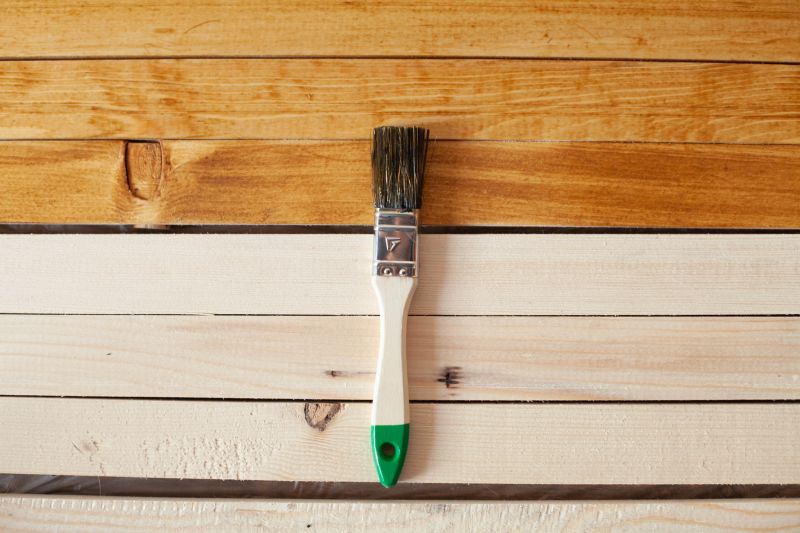
Examples that show the impact a good Brush Hoggings can make.
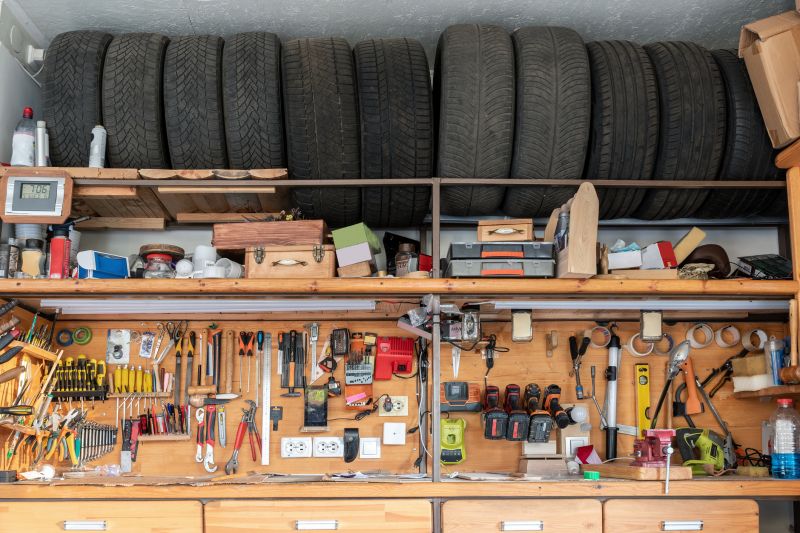
Ways to make Brush Hoggings work in tight or awkward layouts.
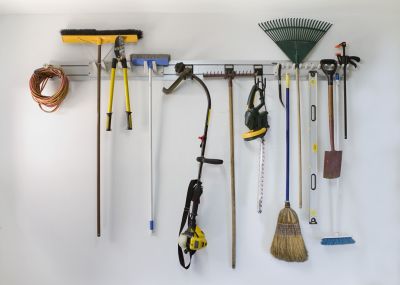
Ways to make Brush Hoggings work in tight or awkward layouts.
| Season | Optimal Activities |
|---|---|
| Spring | Control new growth and invasive species before seed dispersal |
| Summer | Manage peak growth and prevent overgrowth |
| Fall | Clear biomass and prepare land for winter |
| Winter | Perform in milder climates for invasive species control |
| General | Align with local plant growth cycles for best results |
Timing brush hogging appropriately enhances its effectiveness and minimizes disruption to native flora and fauna. Consulting local agricultural or land management agencies can provide guidance tailored to specific regional conditions and vegetation types.



